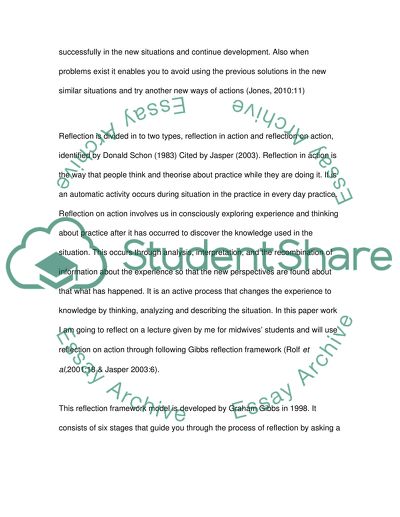Cite this document
(“Facilitating Learning and Teaching Essay Example | Topics and Well Written Essays - 4000 words”, n.d.)
Retrieved de https://studentshare.org/family-consumer-science/1413549-facilitating-learning-and-teaching
Retrieved de https://studentshare.org/family-consumer-science/1413549-facilitating-learning-and-teaching
(Facilitating Learning and Teaching Essay Example | Topics and Well Written Essays - 4000 Words)
https://studentshare.org/family-consumer-science/1413549-facilitating-learning-and-teaching.
https://studentshare.org/family-consumer-science/1413549-facilitating-learning-and-teaching.
“Facilitating Learning and Teaching Essay Example | Topics and Well Written Essays - 4000 Words”, n.d. https://studentshare.org/family-consumer-science/1413549-facilitating-learning-and-teaching.


